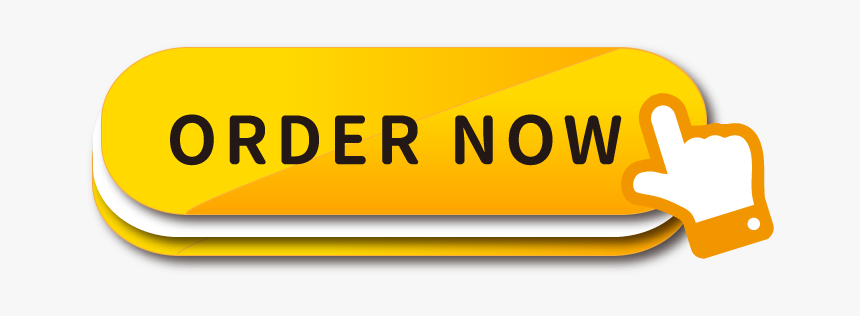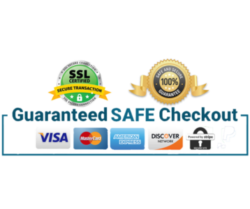Standardized testing has become a prominent feature of the education system in many countries. These tests aim to measure students’ knowledge, skills, and abilities in a standardized manner. While standardized testing has its advantages, it also comes with its fair share of drawbacks. This essay will explore the pros and cons of standardized testing in education, shedding light on both the positive and negative aspects of this assessment approach.
Pros of Standardized Testing:
Evaluation and Accountability:
Standardized tests provide a means of evaluating students’ knowledge and performance on a standardized scale. They offer a standardized benchmark for comparing students’ achievements across schools, districts, and regions. Standardized testing also holds educational institutions accountable for the quality of education they provide, as results can be used to identify areas of improvement and track progress over time.
Identifying Learning Gaps:
By assessing students’ knowledge and skills in various subject areas, standardized tests can help identify learning gaps and areas where students may require additional support. This data can inform instructional strategies and curriculum development, allowing educators to address specific weaknesses and tailor their teaching to meet the needs of students.
College Admissions and Fairness:
Standardized tests are often used as a factor in college admissions processes. These tests provide a common measure of students’ academic abilities, allowing colleges and universities to compare applicants from different schools and backgrounds on an equal footing. Standardized testing helps ensure fairness in the admissions process and provides a standardized criterion for evaluating students’ potential for success in higher education.
Data-Driven Decision-Making:
Standardized testing generates valuable data that can be analyzed to inform educational policies and reforms. By examining test results, policymakers can identify trends, patterns, and areas where educational interventions are needed. This data-driven approach can guide resource allocation, instructional strategies, and curriculum design, leading to evidence-based improvements in the education system.
Cons of Standardized Testing:
Narrow Assessment of Skills:
Standardized tests often focus on measuring a narrow set of skills, such as rote memorization and test-taking abilities, rather than assessing broader aspects of intelligence, creativity, critical thinking, and problem-solving skills. This narrow focus may limit the scope of education and undervalue other important skills that are not easily measured through standardized assessments.
Pressure and Stress:
Standardized testing can create significant pressure and stress for students, as their academic performance and future opportunities may seem contingent on a single test. This stress can negatively impact students’ mental well-being and hinder their ability to perform at their best. Moreover, the emphasis on test preparation and “teaching to the test” may limit the time and resources available for a well-rounded education.
Lack of Individualization:
Standardized tests treat all students as a homogenous group, disregarding their unique learning styles, backgrounds, and strengths. This one-size-fits-all approach may not effectively capture the diverse talents and abilities of students. It fails to account for different rates of development, personal interests, and alternative forms of intelligence, potentially leading to a narrow view of student achievement.
Teaching to the Test:
The pressure to perform well on standardized tests can lead to a teaching style focused solely on test preparation. This “teaching to the test” approach may prioritize rote memorization and test-taking strategies over deeper understanding and critical thinking skills. As a result, the curriculum may become overly focused on test content, potentially sacrificing a broader and more comprehensive education.
Conclusion
Standardized testing in education has both advantages and disadvantages. It provides a standardized measure for evaluating student performance, identifying learning gaps, and promoting accountability. However, it also comes with limitations, such as a narrow assessment of skills, pressure, and stress on students, lack of individualization, and the potential for a “teaching



